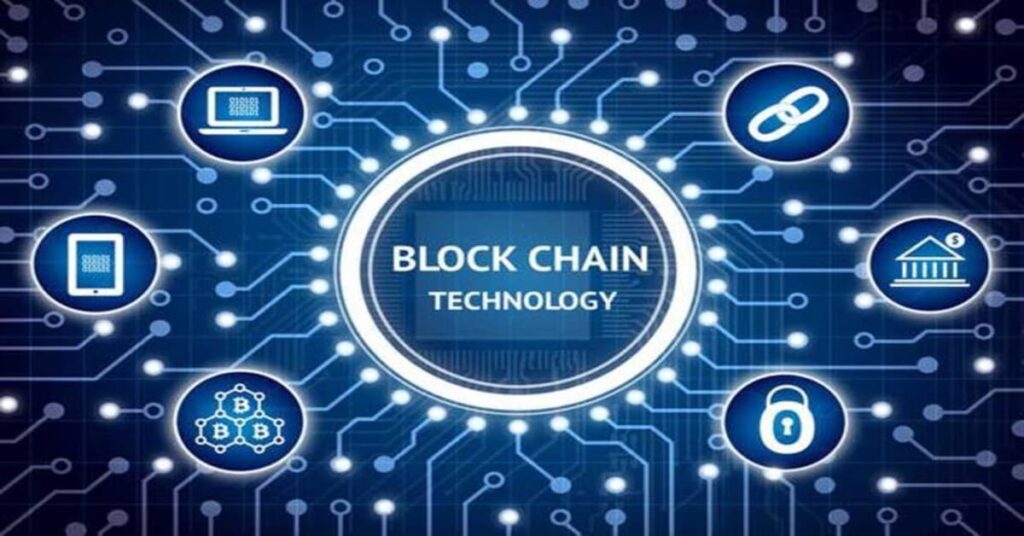Defining Hard Fork
A hard fork is a change in the rules and regulations of the operations of a cryptocurrency. A change in that of Bitcoin is known as Bitcoin Hard Fork.
There are three important groups of people associated with the blockchain of Bitcoin


Developers
The people who develop the programming of blockchain, like software developers.
Miners
These people are responsible for verifying the transactions done using a cryptocurrency(token). Large computers are used to solve the encrypted coding of transactions. This is known as verification. You could say they are solving complex mathematical problems. When these people solve problems and verification is done, a token is released into the system. Miners are given a Bitcoin reward for the work they do.
Mining is a record-keeping service done through the use of computer processing power. Miners keep the blockchain consistent, complete, and unalterable by repeatedly grouping newly broadcast transactions into a block, which is then broadcast to the network and verified by recipient nodes. Each block contains a SHA-256 cryptographic hash of the previous block, thus linking it to the previous block and giving the blockchain its name.
To be accepted by the rest of the network, a new block must contain a proof-of-work (PoW) The PoW requires miners to find a number called a nonce (a number used just once), such that when the block content is hashed along with the nonce, the result is numerically smaller than the network’s difficulty target. This PoW is easy for any node in the network to verify, but extremely time-consuming to generate.
Miners must try many different nonce values (usually the sequence of tested values is the ascending natural numbers: 0, 1, 2, 3, …) before a result happens to be less than the difficulty target. Because the difficulty target is extremely small compared to a typical SHA-256 hash, block hashes have many leading zeros[7]: ch. 8 as can be seen in this example block hash:0000000000000000000590fc0f3eba193a278534220b2b37e9849e1a770ca959
By adjusting this difficulty target, the amount of work needed to generate a block can be changed. Every 2,016 blocks (approximately 14 days given roughly 10 minutes per block), nodes deterministically adjust the difficulty target based on the recent rate of block generation, with the aim of keeping the average time between new blocks at ten minutes. In this way, the system automatically adapts to the total amount of mining power on the network. As of April 2022, it takes on average 122 sextillion (122 thousand billion billion) attempts to generate a block hash smaller than the difficulty target.[better source needed] Computations of this magnitude are extremely expensive and utilize specialized hardware.
The proof-of-work system, alongside the chaining of blocks, makes modifications to the blockchain extremely hard, as an attacker must modify all subsequent blocks in order for the modifications of one block to be accepted. As new blocks are being generated continuously, the difficulty of modifying an old block increases as time passes and the number of subsequent blocks (also called confirmations of the given block) increases.
The vast majority of mining power is grouped together in mining pools to reduce variance in miner income. Independent miners may have to work for several years to mine a single block of transactions and receive payment. In a mining pool, all participating miners get paid every time any participant generates a block. This payment is proportionate to the amount of work an individual miner contributed to the pool.
Node operators
This set of people is keeping a copy of the blockchain information with them. Thus, they fulfill the security obligations of tokens.
Now, when any of these 3 people feel like there is a need for change in the blockchain system, a new set of rules and regulations is brought to the blockchain space. By chance, it means a change in the software or the hardware.
Now, this change is not minor. A new pathway is generated exactly in the fashion of a fork. People are given the option of whether they want to stick to the old system or they want to follow the one with the new rules and regulations. A Hard Fork is where new cryptocurrencies are generated stemming from the original one.
History of Bitcoin hard forks
Bitcoin XT
Launched in 2014, this hard fork was built to increase the number of transactions per second from 7 to 24. It was widely accepted in its initial stages but later, users grew out of it.
Bitcoin Unlimited
In 2016, a new fork was introduced that would allow miners to decide the size of their blocks. However, the maximum permissible size of the block was 16 MB.
Bitcoin Cash
This is one of the most used forks out of all the forks brought forth in token. This hard fork was implemented in the year 2017. The hard fork ‘SegWit’ released before token Cash had certain upgrades that were not admired by some users and developers. Thus, Bitcoin Cash was born.
Bitcoin Gold
Earlier people could mine Bitcoins on personal computers. But slowly large computers with specialized ‘application-specific integrated circuits’ came into use for this purpose. Not everyone can get hold of such sophisticated hardware. To ease mining, some tweaks were made to the basic hardware so that token Gold could be mined on a standard graphics processing unit.
